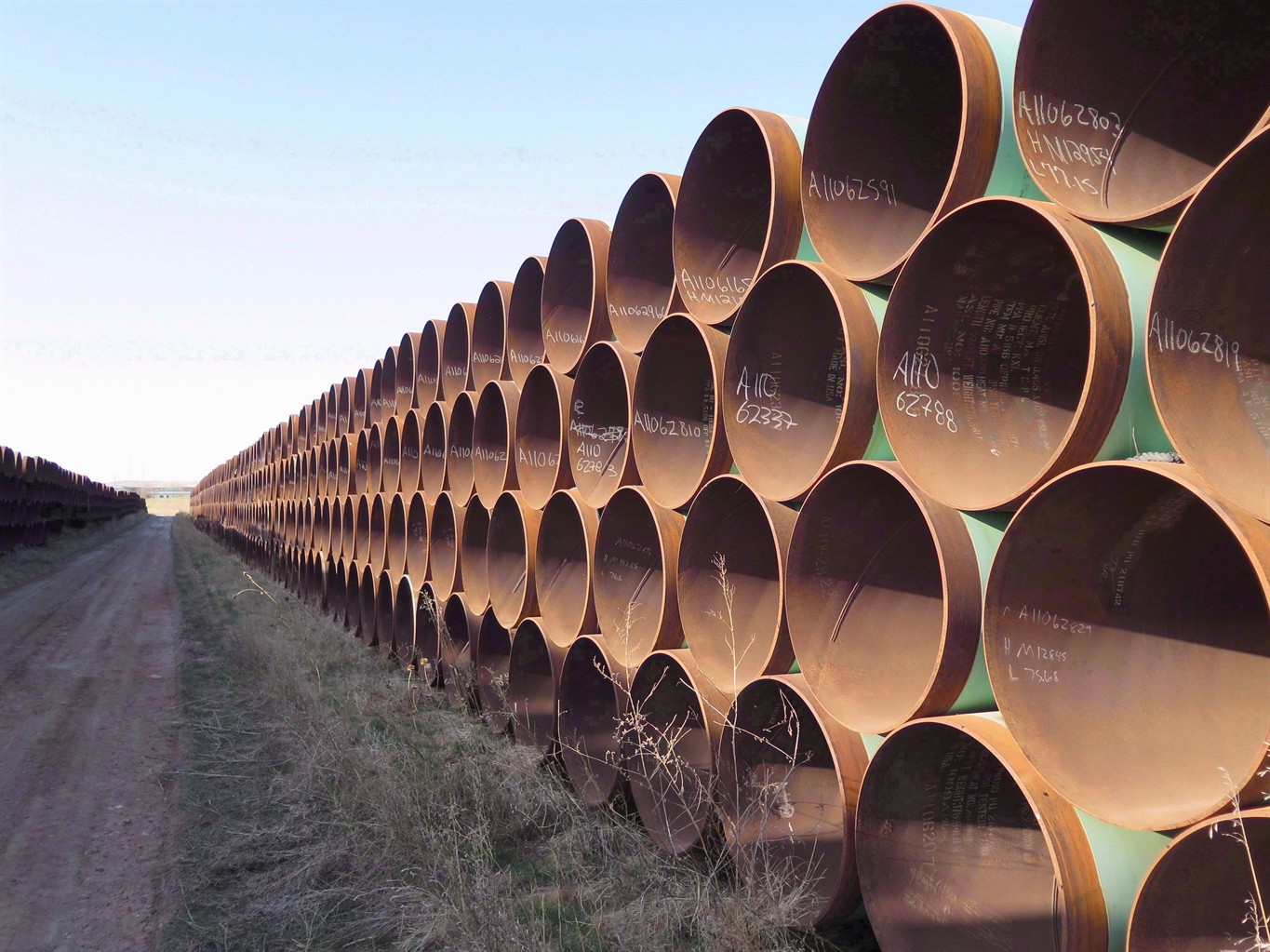Alberta’s research and development agency have a new program in the works that aims to improve pipeline monitoring and spill response by enlisting more indigenous people in the effort. Hundreds of thousands of kilometres of pipe criss-cross the province — much of that near where First Nations and Metis people live.
InnoTech Alberta, a branch of Crown corporation Alberta Innovates, is hoping to soon launch a feasibility study into the proposal.
The study would include the design of a Pipeline Monitoring 101 training curriculum and a study of potential jobs for participants.
Byron Bates with the Fort McMurray 468 First Nation in northeastern Alberta says it sounds like a good idea. His community experienced first-hand the impact of a spill when a pipeline operated by Nexen burst in 2015.
But he says without the oil and gas sector, the community would be living in poverty.







